
Some might see Van Jones as out of place at the Conservative Political Action Conference (CPAC). The former Obama administration adviser, who currently works as a political commentator for CNN, is a liberal, and CPAC, is well, not.
But that’s not how Jones sees it. “If you’re on Twitter calling me a sellout for working with [President Donald] Trump on criminal justice reform, here’s what I know about you,” Jones said Thursday during a panel discussion with Matt Schlapp, chairman of the American Conservative Union (ACU), which organizes CPAC. “If you’re on Twitter, you’re not in a federal prison because they don’t have Twitter in federal prison. I don’t have to listen to you. I care about the people who are locked up.”
Jones was a high-profile advocate for the FIRST STEP Act, a White House-endorsed bill that served as the first major criminal justice reform legislation to become law in years. As Reason‘s C.J. Ciaramella reports, the act reduces some mandatory minimums and bans the shackling of pregnant female inmates in federal prisons, among other reforms. Jones praised Trump after the bill passed the Senate, saying the president “has got to get the credit.”
Speaking with Reason prior to addressing CPAC, Jones emphasized the need for liberals and conservatives to come together and have civil discussions. “Matt Schlapp and I disagree on so many things. But we respect each other, and we listen to each other,” Jones said. “And we also do agree on criminal justice reform.”
“And I hope Republicans and conservatives will take on board the fact that conservatives have been leading on criminal justice reform in the state level for a long time,” he added. “This is no longer a liberal cause. It’s a bipartisan cause in part led by conservatives.”
During the panel discussion, Jones pointed to efforts by Republican governors in three states to reform their respective criminal justice systems. In Mississippi, Gov. Phil Bryant has received praise for reducing the number of incarcerated individuals. In Texas, former governor and current Energy Secretary Ricky Perry helped overhaul the agency in charge of locking up juvenile offenders, in addition to agreeing to new standards for crime labs in order to lower the number of wrongful convictions. Finally, former Georgia Gov. Nathan Deal also overhauled his state’s justice system in a manner that decreased the number of black people who were sent to state prisons.
“What you’re seeing now is Republican governors being tough on the dollars, tough on crime, and shrinking prison populations and showing the rest of the country that it can be done,” Jones said. “I now have a conservative movement that, for libertarian reasons, for Christian conservative reasons, and for fiscally conservative reasons, is actually doing a great job on what should be my issue.”
“This is supposed to be my issue! You are stealing my issue!” he added, to the laughter and applause of the crowd. “Take some dadgum credit for being smart. Take some dadgum credit for getting it right.”
Jones’ speech was well-received, aside from one moment where the crowd booed after he suggested that undocumented immigrants have lower crime rates than native-born Americans. Nor was he the only criminal justice reform advocate to address CPAC. So, too, did Pat Nolan, director of the ACU Foundation’s Center of Criminal Justice Reform, and New Orleans Saints linebacker Demario Davis.
“It’s an unjust system because it’s exploiting the people who don’t have the money,” Davis told Reason after addressing the conference, pointing to the number of people who are incarcerated without being convicted because they can’t make bail. The fact that this happens “in a country where we’re presumed to be innocent,” Davis explained, is “a crime in itself.”
Davis said he was glad to have the opportunity to address the issue, because talking about it at CPAC “makes people more aware of what’s going on.”
Conference attendees seemed to support the idea of working with those on the other side of the aisle to reform the system. One attendee, Tom Henderson, said he doesn’t “really trust” Jones and “was surprised” when he learned the former Obama adviser would be speaking. But he praised Trump for “getting into the whole mess of incarceration of people…who probably shouldn’t be incarcerated because they’re not really a threat to our country.”
“We’ve got all these people that are locked up right now,” added Tom’s son, Nick, referring to nonviolent offenders, particularly those convicted of cannabis-related crimes. “Getting these people back out, giving them a chance to reengage with their life and catch up to where their life would be if they hadn’t been subject to such an unjust system,” Nick added, “is a good move.”
According to Howard “Cowboy” Wooldridge, a retired Michigan police detective who now runs an advocacy group called Citizens Opposing Prohibition (COP), many young conservatives are now realizing the failure of the War on Drugs. The older crowd, he suggested, is another question, though some of them are coming around as well.
“I think it’s an awesome bipartisan issue that we can all get behind, so I have no problem working across the aisle on stuff we can all agree on,” said Lacey White, who has worked on criminal justice reform in her capacity as policy coordinator for the American Legislative Exchange Council. “And if it saves taxpayer money and it helps people change lives, that’s awesome.”
“I feel like that’s an issue that both parties can come to agreements on, just because our jails and our justice system suck at the moment,” added Donna Molloy, a student as Millersville University, who pointed to the “long sentencings that people get for minimum crimes.”
“That’s an issue we can come together on. And I’m glad that someone from the left is coming here and speaking on the issue,” she added, referring to Jones.
During his panel discussion, meanwhile, Jones summed up why he’s working with conservatives on this issue. “Justice without liberty is totalitarianism,” he said. “Liberty without justice is also a nightmare.”
from Hit & Run https://ift.tt/2XvEpCp
via IFTTT
 A decade ago, as the legislation that would become Obamacare was making its way through Congress, Republicans frequently blasted the Democrats’ health plan as a “government takeover of health care.” That phrase, introduced into circulation by GOP messaging guru Frank Luntz, was eventually
A decade ago, as the legislation that would become Obamacare was making its way through Congress, Republicans frequently blasted the Democrats’ health plan as a “government takeover of health care.” That phrase, introduced into circulation by GOP messaging guru Frank Luntz, was eventually 
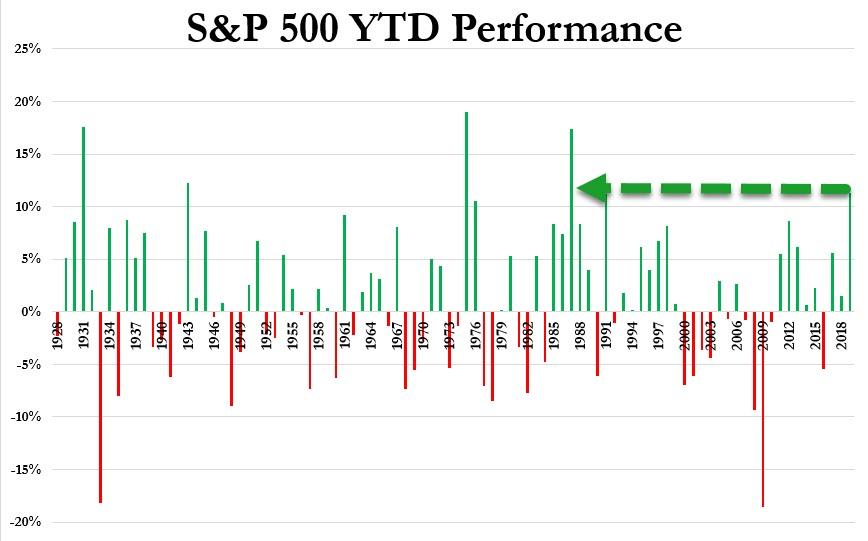
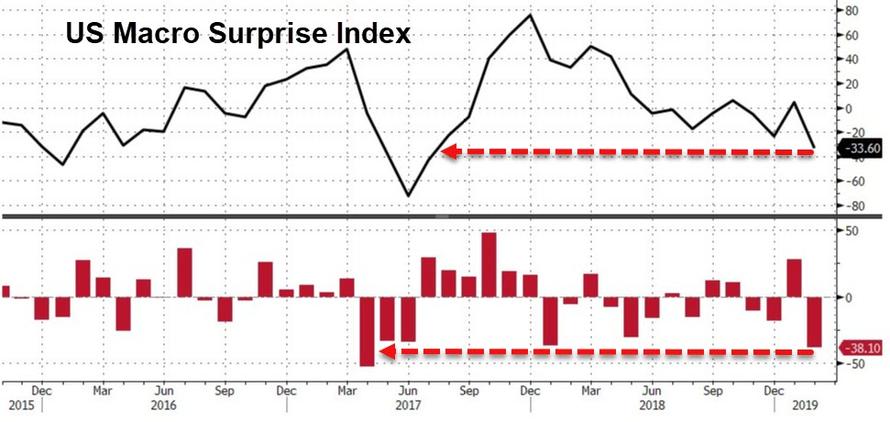

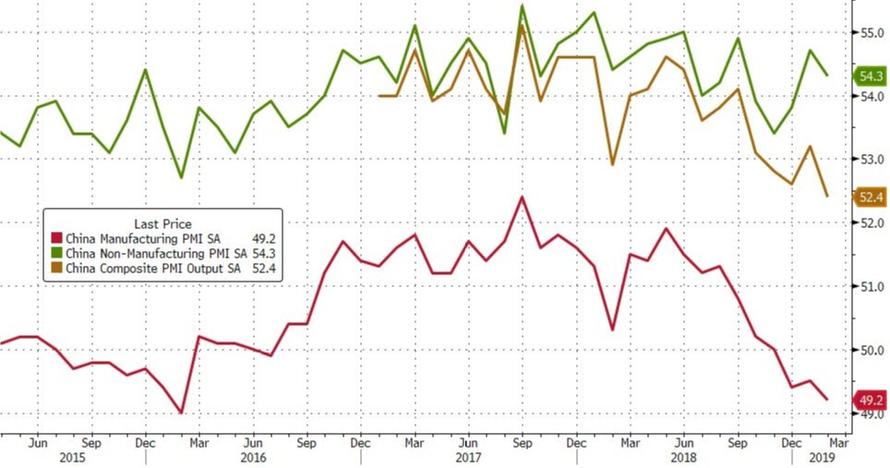
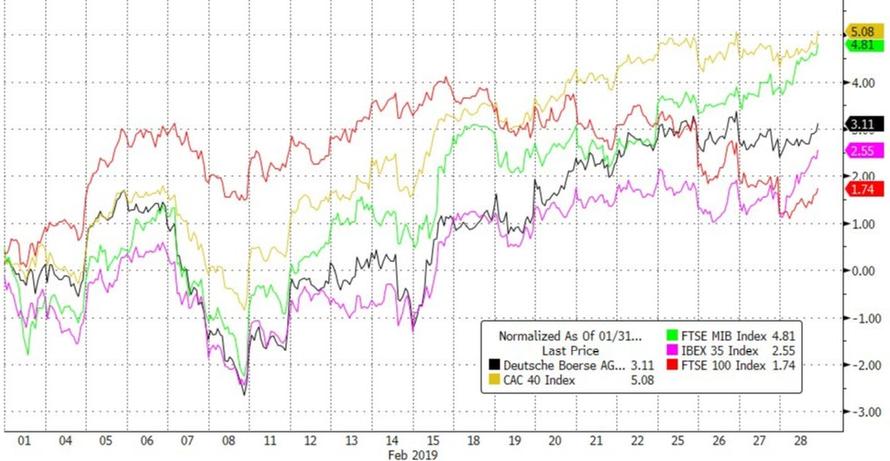
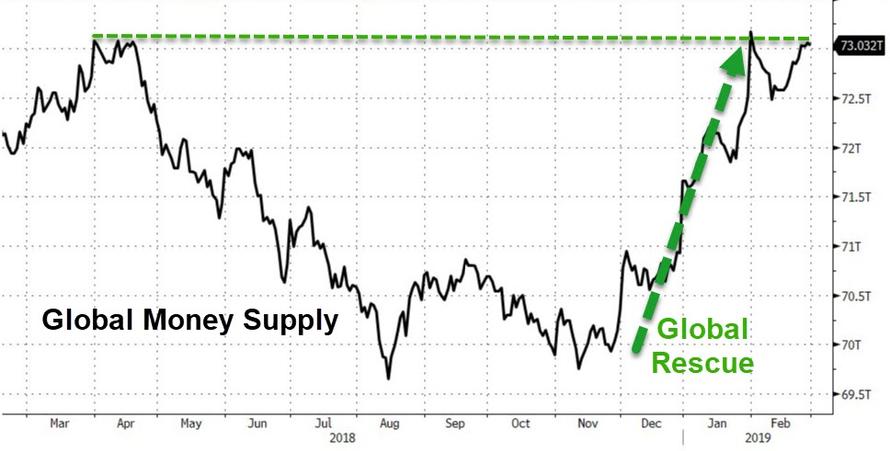

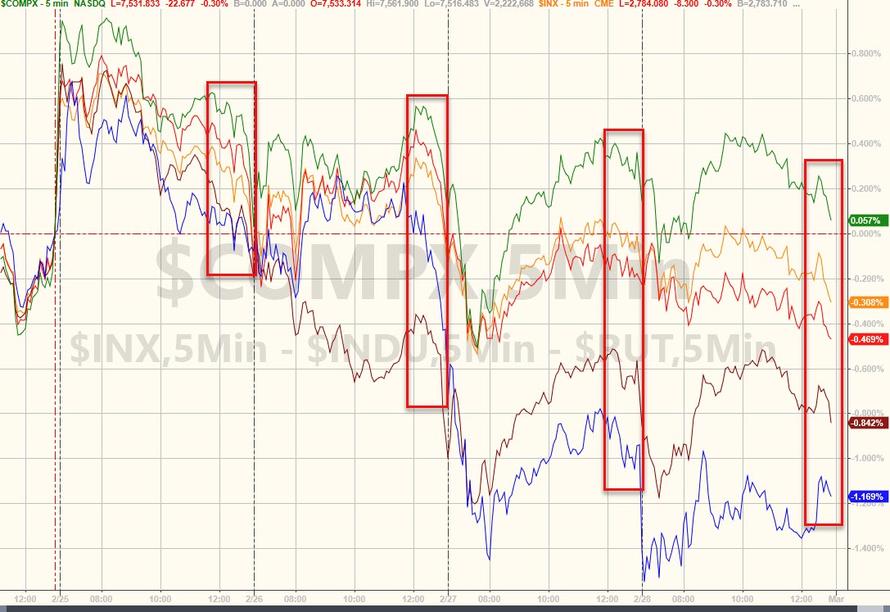
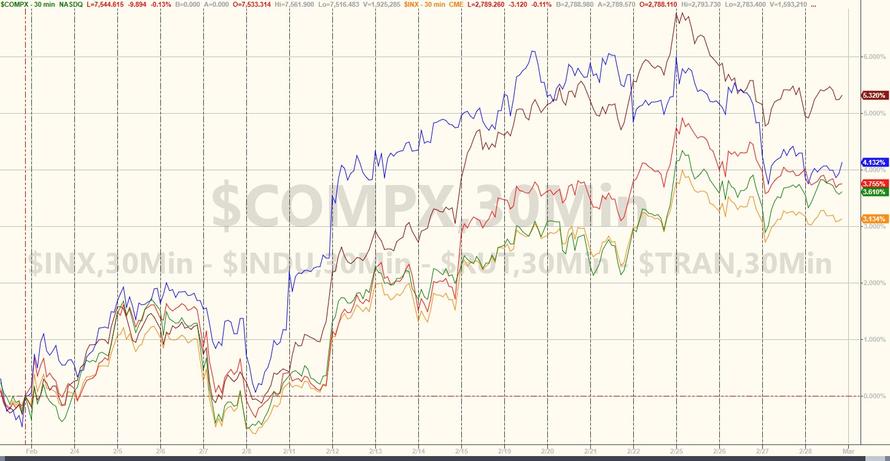
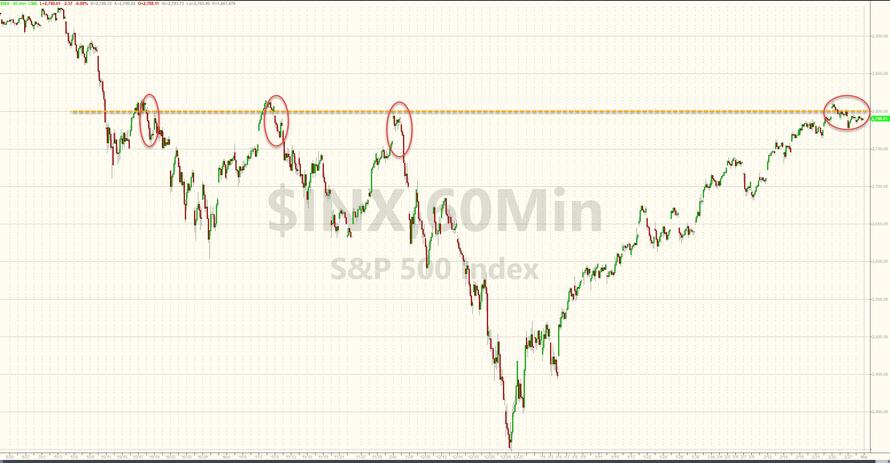
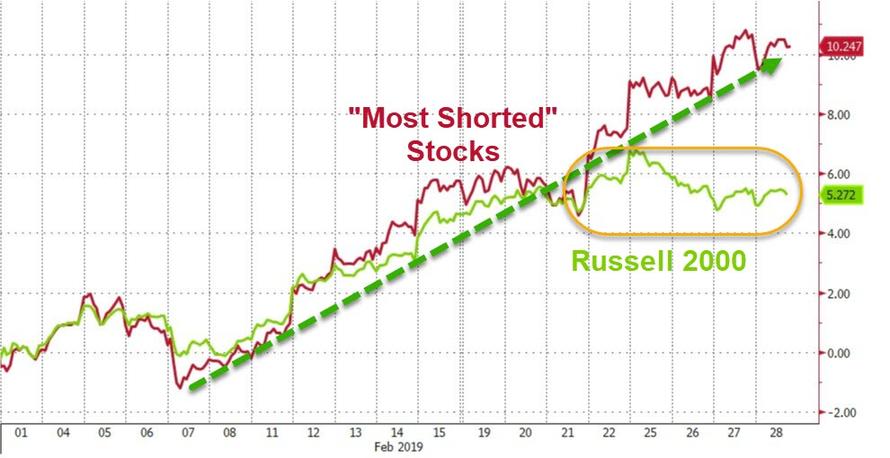
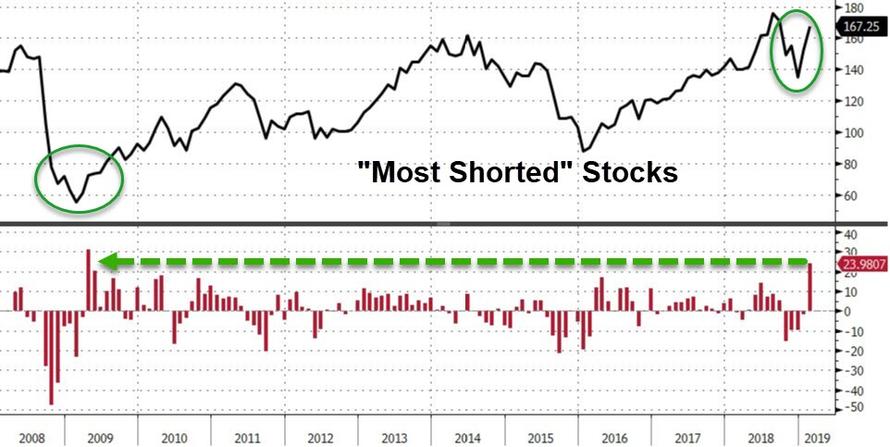
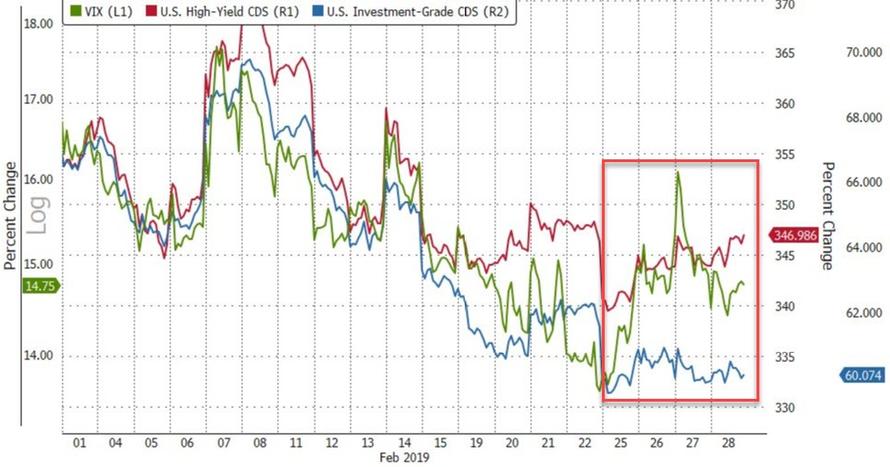
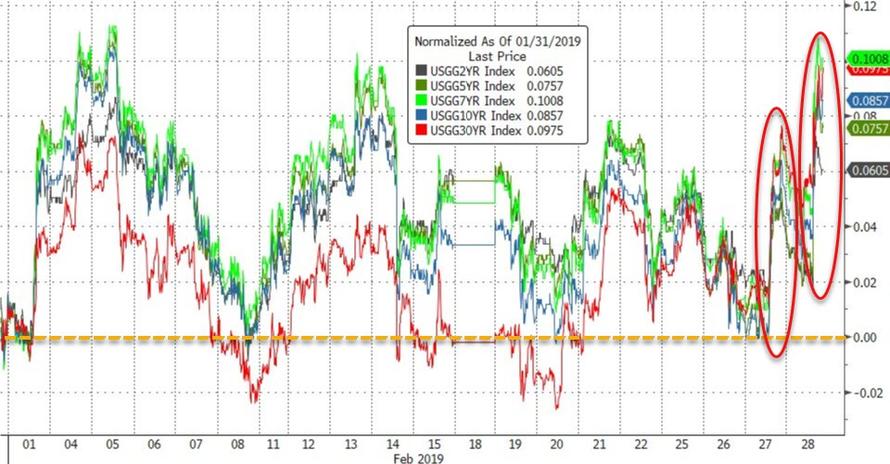
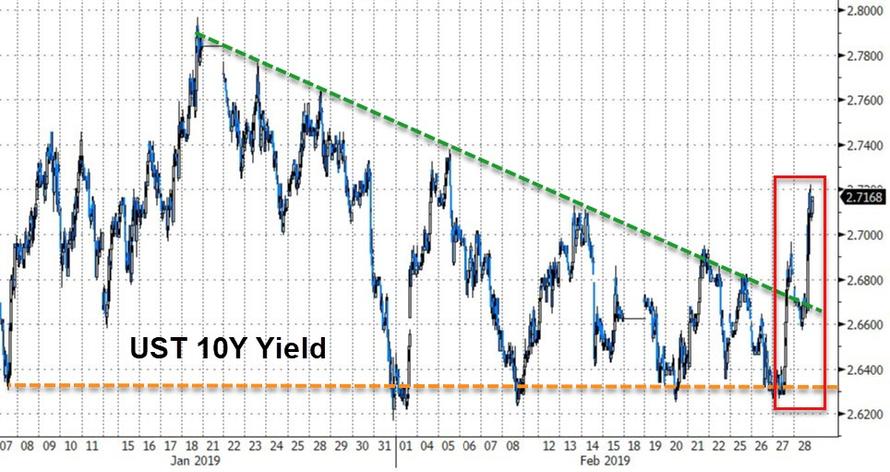
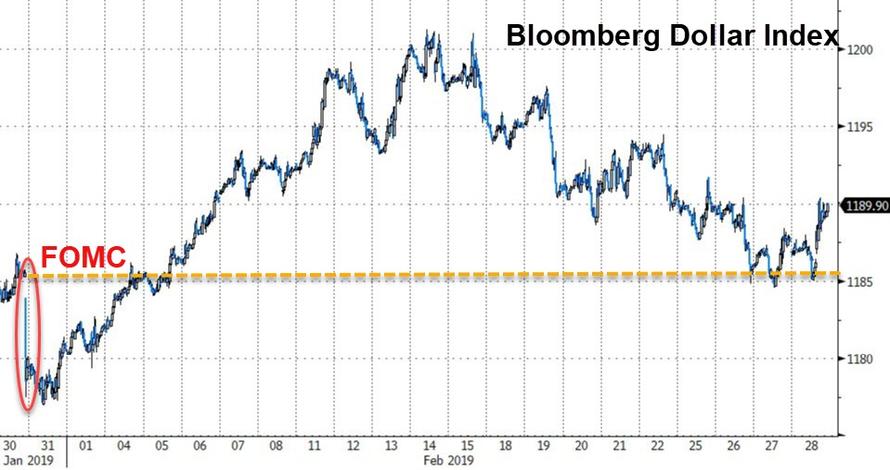
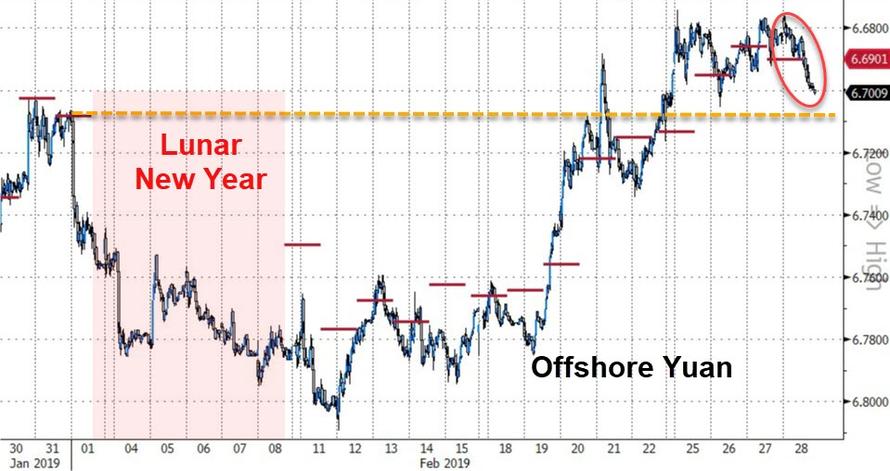
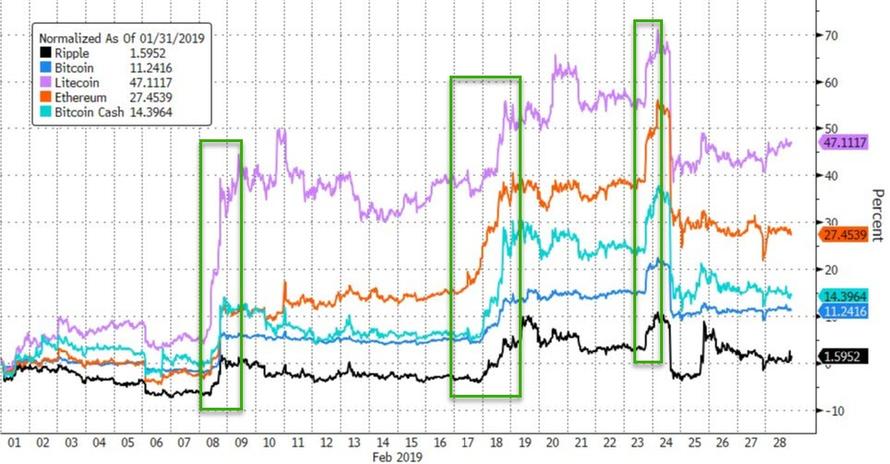
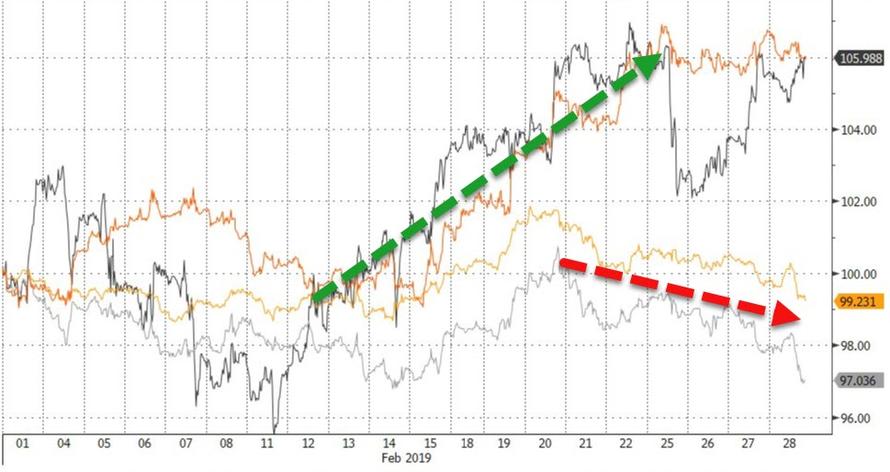
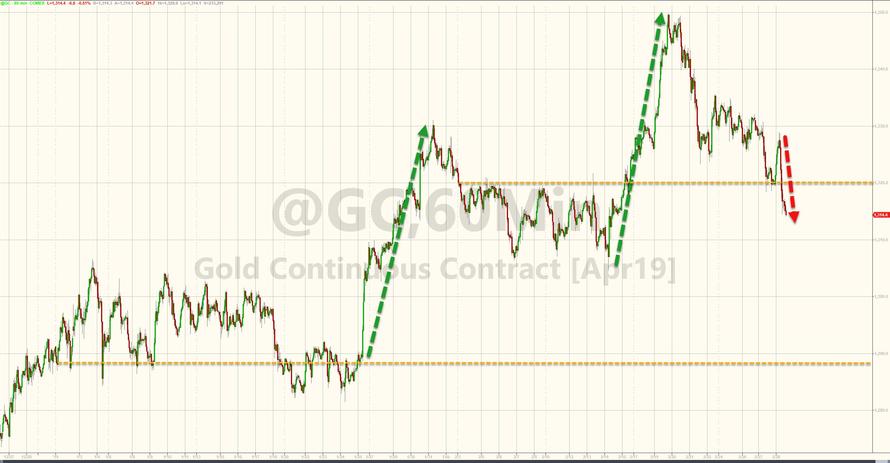
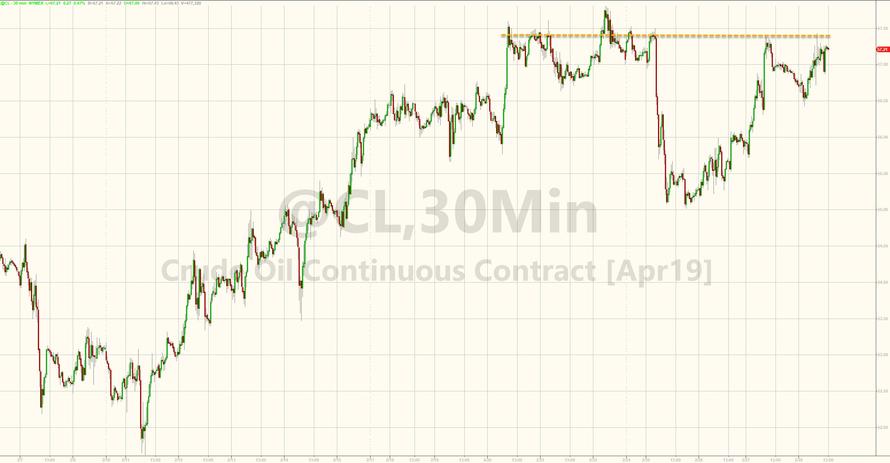

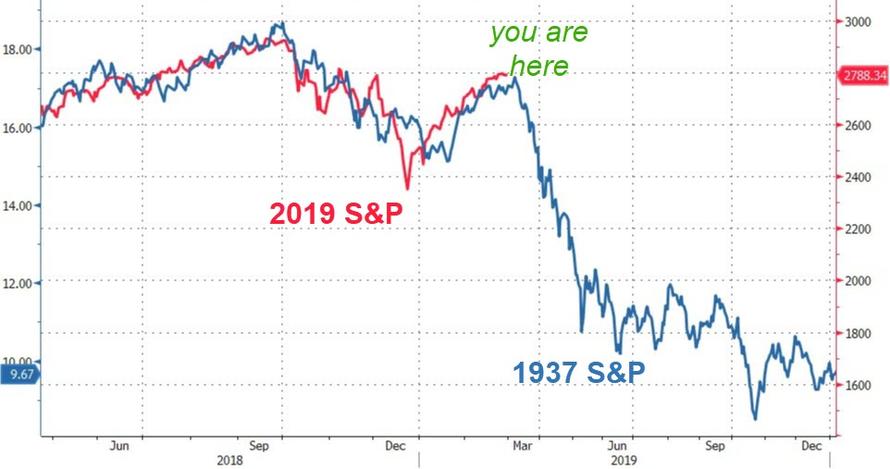






 Yesterday’s
Yesterday’s 

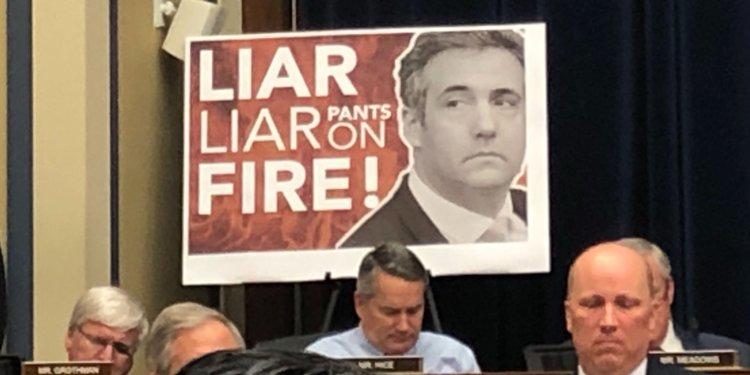
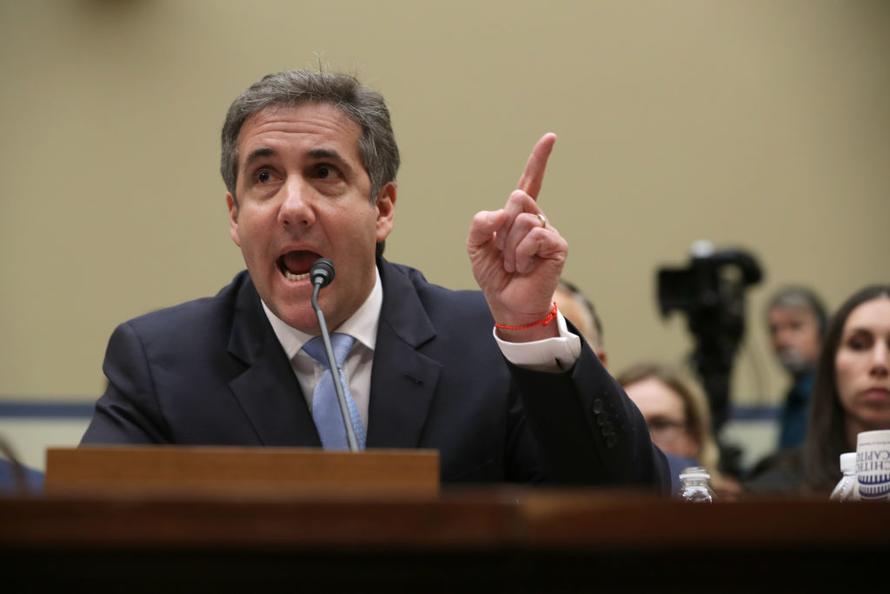
 “It’s Sickening”
“It’s Sickening”